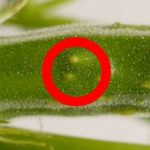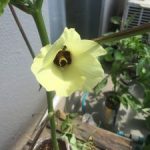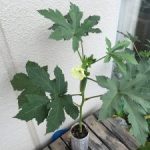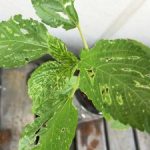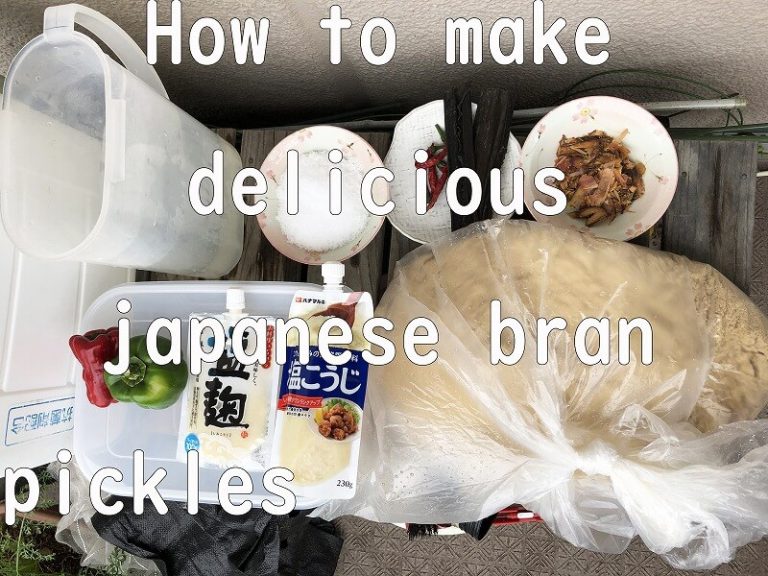
What is Japanese bran pickles?
In a vegetable garden, vegetables are sometimes overgrown.
Cucumbers, etc., will be huge in no time if you think that it will be good tomorrow (´・ω・`)
I wonder if it could be used even though I could harvest a lot
Japanese fermented food! I tried to make Japanese bran pickles. (`・ω・´)
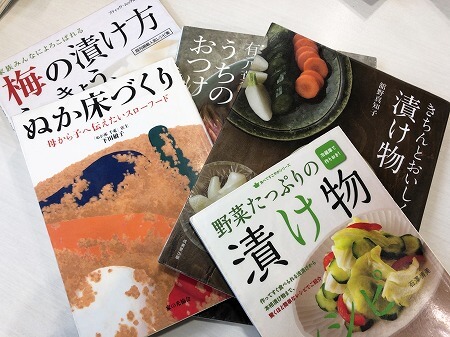
First, I studied Japanese bran pickles.
What is Japanese bran pickles?
What is Japanese bran pickles in the first place ... ('ω') ノ
When I read the book, it was a fermented food that consisted of a delicate balance of various microorganisms, yeast, and lactic acid bacteria.
The reason that the taste is different in each house may be due to the difference of various fermentation bacteria
Because it is a fermented food with balance, it seems that it will be quickly destroyed if daily maintenance is neglected.
Alright! (`・ω・´) Good luck! Become a Japanese bran pickles master!
What to put in Japanese bran pickles
As a result of reading various books, there was a lot to put in Japanese bran pickles.
Bonito, kelp, shiitake mushroom, chili, garlic, pepper, etc ...
Try various combinations,
I would like to introduce the Japanese bran pickles that I thought this was the most delicious.
I hope this will be helpful for those who make Japanese bran pickles. (*^▽^*)
(※Japanese is translated into English by translation software. I am sorry if it is strange English.)
How to make delicious Japanese bran pickles
I want to make Japanese bran pickles (*^▽^*)
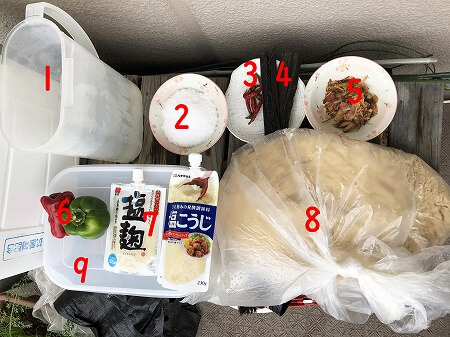
What I prepared is
1. Water 2ℓ (the same amount as rice bran)
260g salt (13% of rice bran)
3. 6 peppers (for flavoring and insect repellent)
4. Kelp 2 pieces (5x25㎝) (for umami)
5. Bonito flakes 16g (this is for umami taste)
6. 6. Discarded vegetables (put in to encourage fermentation. Replace in 4-5 days)
7. Salt 100g (not heat-treated, lactic acid bacteria increase and feel a little sweet)
8. Rice bran 2㎏ (within 3 days after polishing)
9. Tapper for Japanese bran pickles (purchased at Daiso (One Dollar shop))
It is nine.
※ I heard that I put egg shells or soybeans. The shell is made of Salmonella, and soybeans germinate and buds mold, so it is better not to put them in.
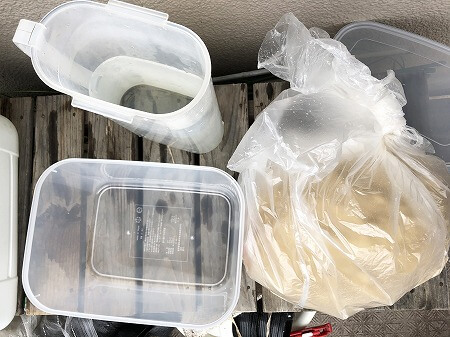
First, put salt in water and mix well.
※ (Do not use boiling water at this time, fermentation bacteria will proliferate when mixed with rice bran
Add the salt water made from the rice bran in the vinyl and mix.
(The rice bran is oxidized within 3 days after it is polished, so we used a rice polished one.)
Konekone (* 'ω `*)

Completion is achieved when it becomes solid clay.
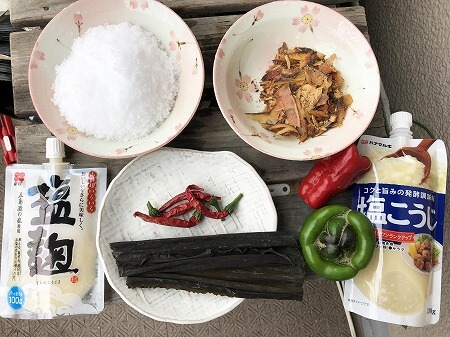
Finally, add the remaining ingredients, mix and put in the Japanese bran pickles tapper to complete.
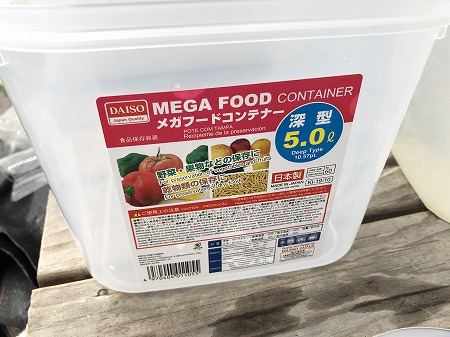
By the way, the tapa for Japanese bran pickles was purchased at Daiso (One Dollar shop).
※ (I chose a deep container because I knead it every time.)
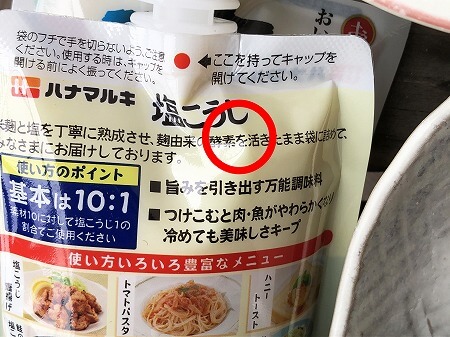
Also, use salt that has not been heat-treated. I think the effect is the same for rice koji.
(If you add salt, lactic acid bacteria will increase and acidity and sweetness will appear. It may be good thing. )

I bought salt koji when I was choosing a container at Daiso (One Dollar shop).
Contact this company. When I tried, it was said that the product had been heat treated. Sorry (ノ ω ノ)
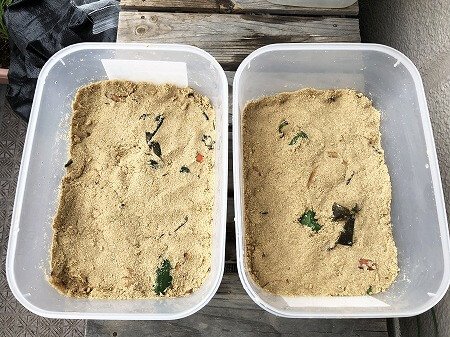
Finally, if you push the air from the top to release the air inside, the first stage is completed.
(The air inside is to increase the number of lactic acid bacteria that dislike air.)
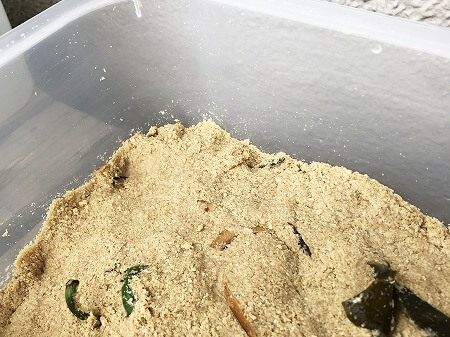
The rice bran on the side was also wiped clean. (To prevent mold)
In order to promote fermentation, we stirred well from the bottom in the morning and evening for the next 10 days.
We exchanged discarded vegetables every 4-5 days.
Stirring allows air to enter (enzymes love air)
Repeats air at the end (lactic acid bacteria are not good at air)
Enzymes and lactic acid bacteria will be increased in a well-balanced manner by feeding discarded vegetables.
Related posts:
No related posts.

